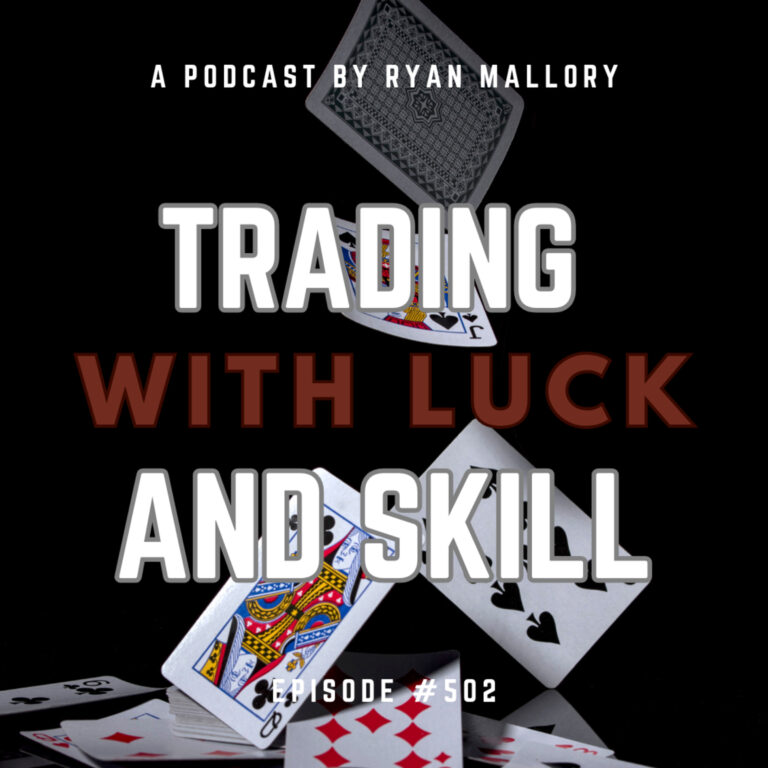Don’t Have Too Many Trade Confirmation Signals
The previous day’s massive reversal off the lows following the CPI report was completely unexpected and looking for a trade confirmation signal that would suggest that buying at the lows that morning would lead to a 150 point rally on SPX would’ve been nothing less than a pure gamble. The Consumer Price Index (CPI) came in slightly hot, and the market immediately sold off, attempted to rally, but once the market opened, the market completely fell apart again.
After that, it was easy to think that we were just going to be in cruise control the rest of the day and the short positions that I had on would just continue to print money.
But that didn’t happen!
Acting on an extreme stock market reversal
I’ll never be comfortable with price action until the market is closed, but even still, the market was getting quite comfortable yesterday morning until that blasted reversal took place. Fortunately, I had taken some gains off of one of my positions (SDS) already, but what was left quickly saw a chunk of those profits get eroded away. I closed the positions and went back to cash.
Then 150 points later the bearish thesis that had been in place since the beginning of September was wiped away.
Today, I added a few long positions to the portfolio. If you would have told me yesterday morning, that I would have already flipped to long, I would have thought that was an incredible long shot of happening, but one of the things that I have worked on as a trader of late, is not looking for excessive amounts of confirmation signals in one’s trading to get long or short a stock.

Waiting for excessive trade confirmation signals
To many signals or simply telling yourself, “Hey I’ll get long when I get this trade confirmation signal“, only to get it but then wait for one more confirmation can lead you down the path of always needing to see a little bit more. Before you know it, the opportunity will be missed, and you’ll be left wondering why you never got in the first place.
Now you’re never going to catch every move.
God knows I’ve missed my share of moves. However, waiting for too many signals can often times be a result in a fear of losing, so you keep looking for a little bit more out of the market to tell you to get long or short.

Granted getting long does expose you to being wrong about direction. I got long today on multiple positions, after being just short yesterday. And tomorrow the market could drop a hundred points. The human response would be “why did I have to get long?” But when that happens, you have stop losses in place. So not only will you not catch every move, you also won’t be right about the direction of every move.
The Takeaway: Don’t get caught up needing so many trade confirmation signals. When it comes to swing trading, you have to act at some point, and when you have confirmation that there is a new direction for the market, or confirmation of an existing trend even, act on it. Waiting for too many signals for your trades can lead to analysis paralysis and you may just miss out on an incredible move.
If ultimately you’re wrong about the move, so be it. Take your stop-loss and move on to the next trade.
Become part of the Trading Block and get my trades, and learn how I manage them for consistent profits. With your subscription you will get my real-time trade setups via Discord and email, as well as become part of an incredibly helpful and knowledgeable community of traders to grow and learn with. If you’re not sure it is for you, don’t worry, because you get a Free 7-Day Trial. So Sign Up Today!
Hope to see you in there!

Welcome to Swing Trading the Stock Market Podcast!
I want you to become a better trader, and you know what? You absolutely can!
Commit these three rules to memory and to your trading:
#1: Manage the RISK ALWAYS!
#2: Keep the Losses Small
#3: Do #1 & #2 and the profits will take care of themselves.
That’s right, successful swing-trading is about managing the risk, and with Swing Trading the Stock Market podcast, I encourage you to email me (ryan@shareplanner.com) your questions, and there’s a good chance I’ll make a future podcast out of your stock market related question.
Is it better to be lucky or skillful when it comes to being a good trader? I would argue you can have it both ways, but it requires that skill manages the luck, and at times when luck is simply against you too.
Be sure to check out my Swing-Trading offering through SharePlanner that goes hand-in-hand with my podcast, offering all of the research, charts and technical analysis on the stock market and individual stocks, not to mention my personal watch-lists, reviews and regular updates on the most popular stocks, including the all-important big tech stocks. Check it out now at: https://www.shareplanner.com/premium-plans
📈 START SWING-TRADING WITH ME! 📈
Click here to subscribe: https://shareplanner.com/tradingblock
— — — — — — — — —
💻 STOCK MARKET TRAINING COURSES 💻
Click here for all of my training courses: https://www.shareplanner.com/trading-academy
– The A-Z of the Self-Made Trader –https://www.shareplanner.com/the-a-z-of-the-self-made-trader
– The Winning Watch-List — https://www.shareplanner.com/winning-watchlist
– Patterns to Profits — https://www.shareplanner.com/patterns-to-profits
– Get 1-on-1 Coaching — https://www.shareplanner.com/coaching
— — — — — — — — —
❤️ SUBSCRIBE TO MY YOUTUBE CHANNEL 📺
Click here to subscribe: https://www.youtube.com/shareplanner?sub_confirmation=1
🎧 LISTEN TO MY PODCAST 🎵
Click here to listen to my podcast: https://open.spotify.com/show/5Nn7MhTB9HJSyQ0C6bMKXI
— — — — — — — — —
💰 FREE RESOURCES 💰
— — — — — — — — —
🛠 TOOLS OF THE TRADE 🛠
Software I use (TC2000): https://bit.ly/2HBdnBm
— — — — — — — — —
📱 FOLLOW SHAREPLANNER ON SOCIAL MEDIA 📱
*Disclaimer: Ryan Mallory is not a financial adviser and this podcast is for entertainment purposes only. Consult your financial adviser before making any decisions.





